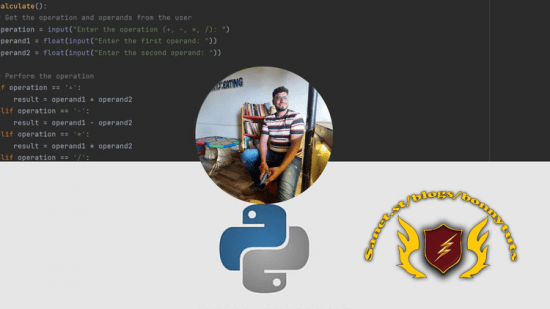
Published 12/2022
Created by Aviral Bhardwaj
MP4 | Video: h264, 1280×720 | Audio: AAC, 44.1 KHz, 2 Ch
Genre: eLearning | Language: English | Duration: 25 Lectures ( 7h 53m ) | Size: 2.82 GB
Understanding Data Engineering
What you’ll learn
Basic python
Basic Programs For Logic Building
Python Classes
Python Data Types
Requirements
Basic Understanding of python
You must have One Awesome Laptop
Description
This is Part 1 for Data Engineering here we will learn Python Basics to Advance. Next course we will do Linux.We are bringing courses likePythonLinuxSpark/DatabricksWhat is the topic you will learn in this course? Python Python is a high-level, general-purpose programming language. Its design philosophy emphasizes code readability with the use of significant indentation.Python is dynamically-typed and garbage-collected. It supports multiple programming paradigms, including structured (particularly procedural), object-oriented and functional programming. It is often described as a “batteries included” language due to its comprehensive standard library.Guido van Rossum began working on Python in the late 1980s as a successor to the ABC programming language and first released it in 1991 as Python 0.9.0. Python 2.0 was released in 2000 and introduced new features such as list comprehensions, cycle-detecting garbage collection, reference counting, and Unicode support. Python 3.0, released in 2008, was a major revision that is not completely backwards-compatible with earlier versions. Python 2 was discontinued in version 2.7.18 in 2020.As part of this course, the following topics are covered in detail.1. Language Fundamentals2. Operators3. Input and Output Statements4. Flow Control5. Pattern Applications For Logic Building6. Strings7. String Programming Questions For Logic Building 8. List Data Structure9. Tuple Data Structure10. Set Data Structure11. Dictionary Data Structure12. Functions13. Modules14. Packages15. Object-Oriented Programming (OOPs)16. Exception Handling17. Logging Module18. Assertions19. File Handling20. Object Serialization By using PICKLE, JSON, and YAML21. Decorators22. GeneratorsThanksAviral Bhardwaj
Who this course is for
Engineering Student
Software Professionals
Password/解压密码www.tbtos.com